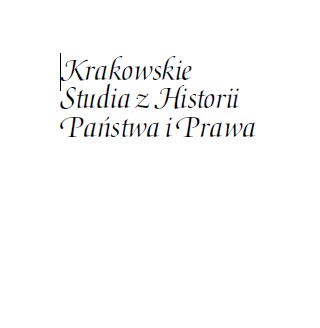Liability for Non-material Damage in Hungarian Law in the 19th–20th Centuries in Comparison with Austrian and Polish Codifications
Liability for Non-material Damage in Hungarian Law in the 19th–20th Centuries in Comparison with Austrian and Polish Codifications
Author(s): Krzysztof BokwaSubject(s): History of Law, Civil Law, 19th Century, Interwar Period (1920 - 1939), Comparative Law
Published by: Wydawnictwo Uniwersytetu Jagiellońskiego
Keywords: Hungarian law; non-material damage; torts; Central Europe;
Summary/Abstract: The article describes the regulation of liability for non-pecuniary damage on the example of 19th century Hungarian law, which is based on a long, unbroken tradition, individual legal acts and customary law. Furthermore, the classification of torts and remedies in contemporary Hungarian law is analysed, highlighting their similarities and differences to those used in the present civil law. Particular emphasis is placed on the examination and presentation of the institution of homagium, which had a medieval origin and constituted a specific instrument for obtaining compensation for non-pecuniary damage. It is compared with Polish (Code of Obligations of 1933) and Austrian (ABGB of 1811) regulations. The situation allows the author to show the variety of ways in which contract law has developed, especially concerning the pecuniary compensation of harm and pain. Employing comparative and historical methods makes it possible to highlight the timelessness of particular obligation law issues, showing its evolution in Central Europe in the last two centuries.
Journal: Krakowskie Studia z Historii Państwa i Prawa
- Issue Year: 15/2022
- Issue No: 2
- Page Range: 293-306
- Page Count: 14
- Language: English

